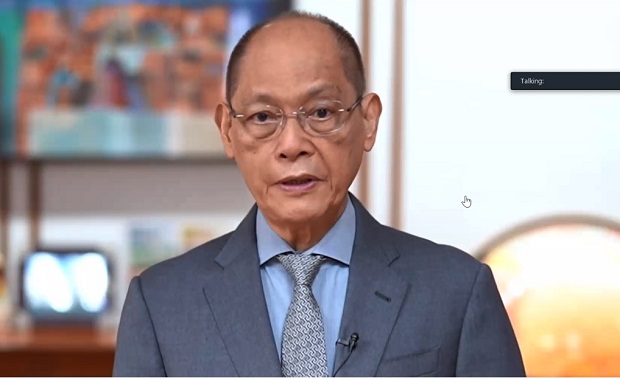The National Economic and Development Authority (NEDA) has reported that 40.7 million Filipinos have registered for first step of national ID registration program as of August 20, 2021.

The first step of the registration process is the demographic data collection done through house-to-house for low-income families or online for those with access to computers.
NEDA director-general Karl Chua said the Philippine Statistics Authority (PSA) has registered 26.3 million for step two or the biometrics capture. This is done through the visit to the registration centers in almost all provinces and municipalities.
“We are working hard to fast-track the issuance of the Phil IDs. Currently we have issued 1.2 million and our target is at least 50 million Filipinos with the Philsys registered by the end of 2021,” said Chua.
Chua stressed the important use of a national ID which is the financial inclusion. The Land Bank of the Philippines (LBP) is co-locating in Philsys registration sites with the goal of opening bank accounts for all low-income families by the end of 2021.
“The national ID can also be used in the future to aid the vaccination programs and can also be used to provide more targeting for the distribution of social protection subsidies in the coming years,” Chua added.
The Bangko Sentral ng Pilipinas (BSP), meanwhile, said the PhilSys ID is crucial as a digital finance infrastructure in the digitalization of micro-entrepreneurs.
“Our micro-entrepreneurs, nanays, and tatays can approach microfinance institutions to open an account and secure credit with just their Philsys ID. Onboarding will be more cost-efficient too for our service providers,” said BSP governor Benjamin E. Diokno during a recent Microfinance Council of the Philippines conference.
The Philsys ID, he said, is a key identity document that will enable more unbanked Filipinos to gain access to the formal financial system, as well as allow them to enjoy digital payment services.
The BSP said it is also boosting whole-of-government efforts to diversify the broadband market so that Filipinos across the country can have affordable Internet connectivity and digital financial services available to them.
“We have begun with steps to encourage the adoption of satellite broadband. Microfinance institutions can save on IT costs, automate processes, and enhance delivery of financial services in the last mile through this technology,” Diokno said.
To note, the BSP supported the issuance of Executive Order (EO) No. 127 “Expanding the Provision of Internet Services through Inclusive Access to Satellite Services” which allows small service providers to directly access satellite systems to build broadband facilities.
Under said EO, entities such as cable TV operators and utility cooperatives can operate their own satellite broadband facilities to serve local communities.
The microfinance community has made digitalization a major priority, the BSP noted. Based on a rapid survey conducted last year, 96% of microfinance institutions cited digital payments as a primary initiative, followed by 72% citing app or online platform launching.




